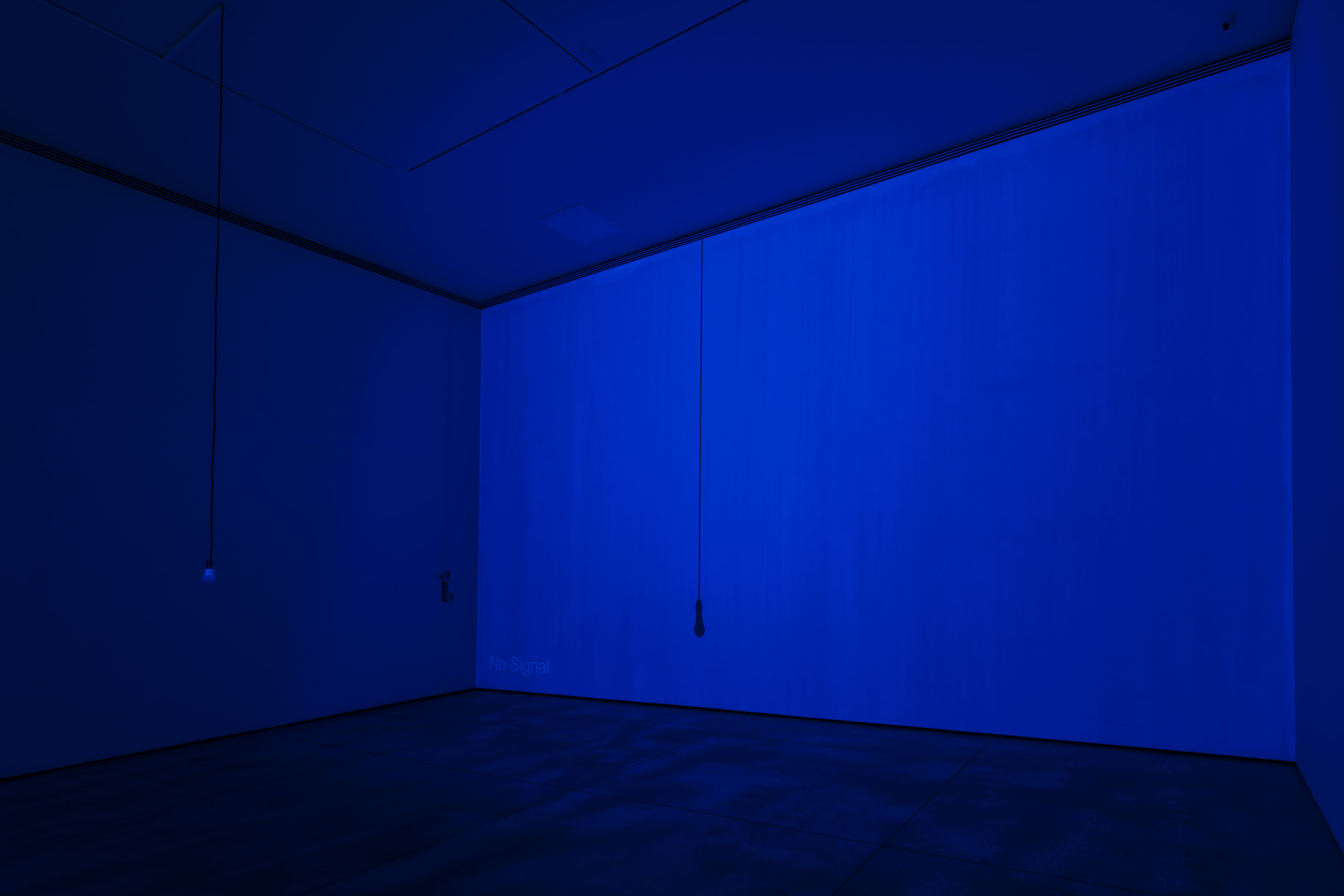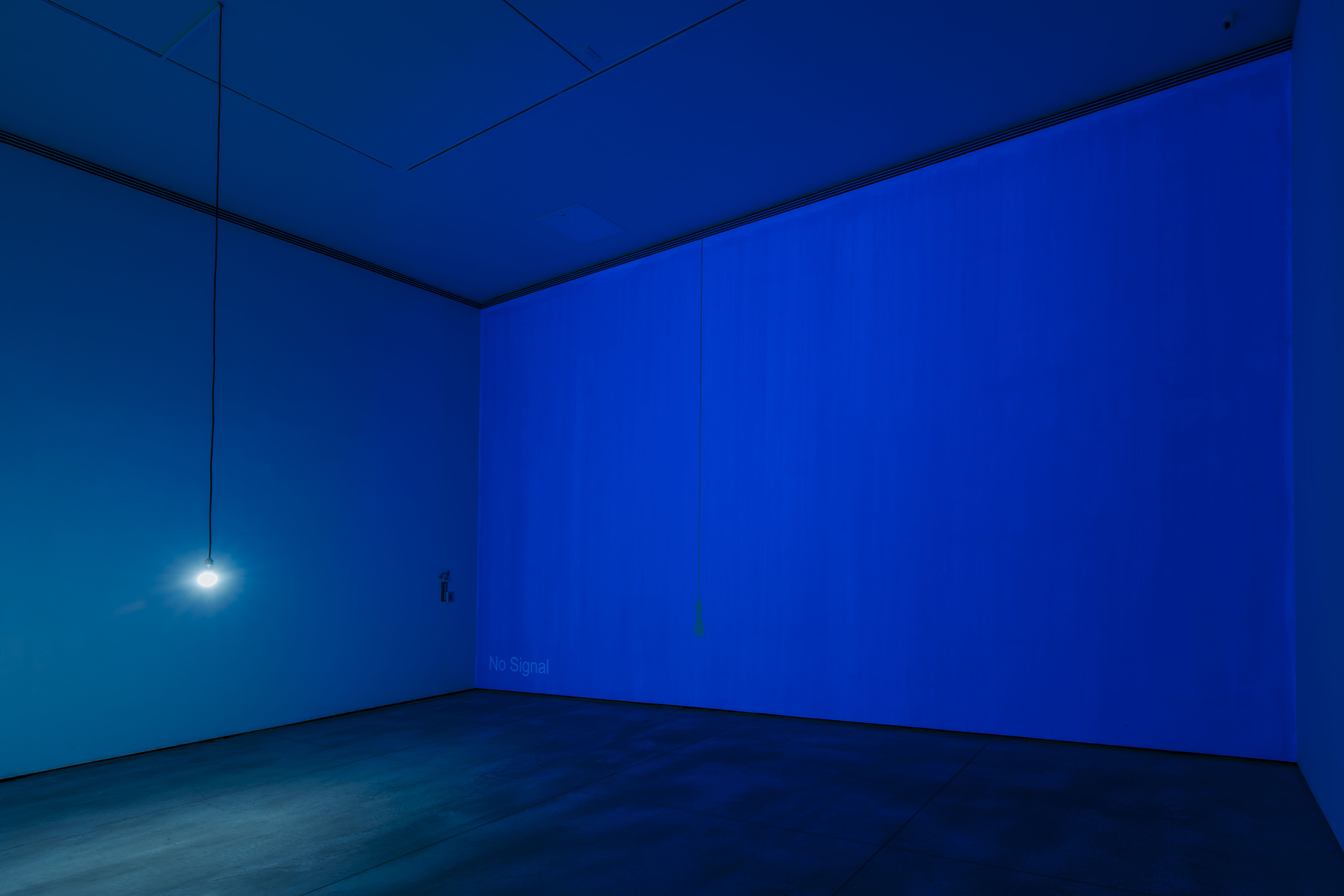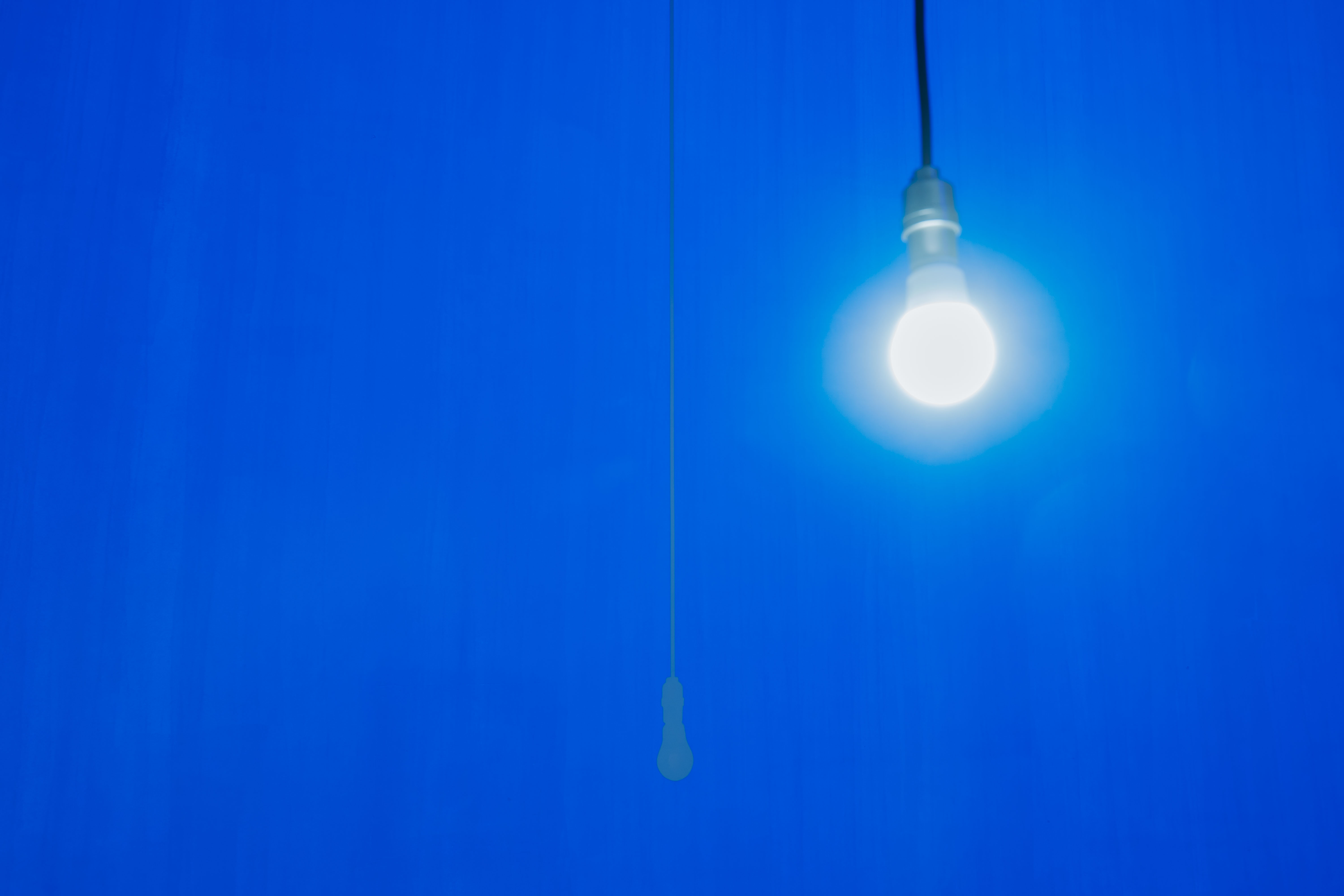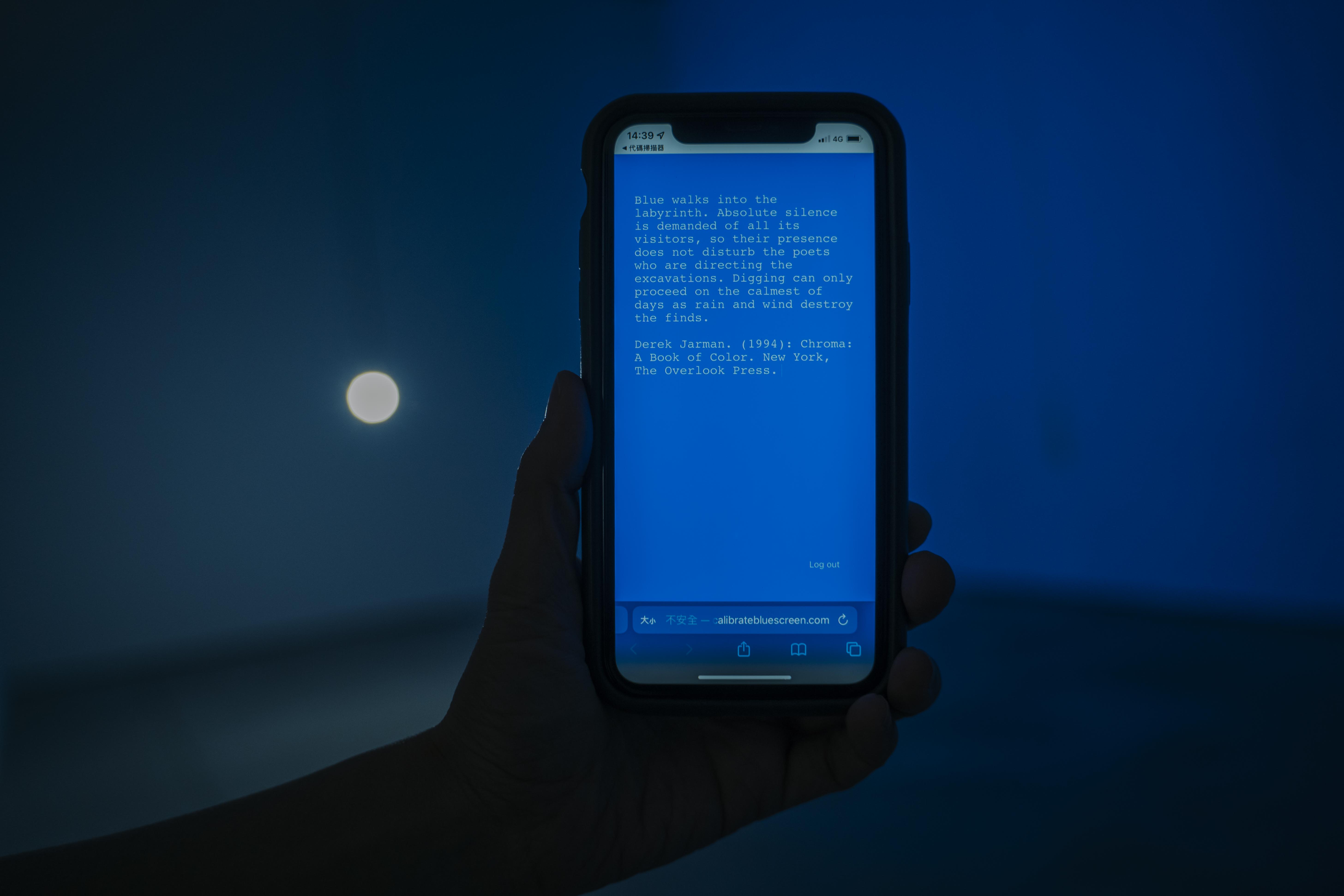






多重副本—可讀取的複數存在景觀
臺南市美術館,台南
Multiple Copies - Readable Multiplex Landscape
Tainan Arts Museum, Tainan
2022
︎
20世紀後半是科技與網路數據引領的一個新世代。不斷發明的機器幾乎成為人類的義肢,得以在現實生活上延伸我們的身體,讓我們可以創造更多可能性;熟悉的日常生活則大量存取於互聯網,我們如同在雲端長大,我們的精神在大數據中發展成熟。因此科技與網路跟現今的生活型態變得難以分割,當許多的實體訊息被分布在虛擬世界中時,其實暗示了我們逐步將生活的重量放在雲端,並且透過意識、精神、思想與記憶在網路平台的互動,留下了許多身份與足跡,不斷建立隨著時間與場合變遷的多重副本。這是正在發生的過程,有關機器、網路、人類自身主體之間混合和互相依存的關係闡述了當代的生活景觀。或許漢斯.莫拉維克(Hans Moravec)所的想法更加貼切,他在著作裡設想人類可以將意識和記憶傳輸至電腦中,即便失去身體,其數據化的思維跟原來的本質並無不同 。
人們日常依附科技帶來的便利,因為機器與科技在現實生活乘載著人類活動的巨大能量,以此來幫助人們在物理性上創作或改變;在心靈層面,人類則將意識傳輸、擴散至虛擬世界來建構彼此的關係,雲端各個平台就如同多重平行時空,當上面留有我們一部分的碎片,人們的生活樣貌就像被建構在這些超越三維甚至四維時空限制的整體。多重存在已成為現今人們的日常。因為習慣隨時隨地讀取自身的副本或者更新存儲生命的檔案,所以當失去了科技與網路的載具及通路時,我們會感覺焦慮,這種焦慮就像一部分的自我無法落地,被孤身遺留在現實,總是不踏實及心虛。
本展討論人類意識延續在網路平台留下的複數足跡,邀請藝術家徐文愷、博爾納‧薩馬克(Borna Sammak)、張般源、鄭先喻、伊娃與佛朗哥‧馬特斯(Eva & Franco Mattes)、哈姆‧范登‧多佩爾(Harm van den Dorpel)、謝佑承、黃贊倫、洪韵婷,透過作品嘗試提出在擁有多重存在及身體延伸的當下,我們對於生活的態度與思考是什麼?在這個過程中,主體性將如何定義?當科技跟網路不再作為強勢主流的主宰工具,回歸到實體自身,我們是否完整?
我們的生命與主體可以是一部分的電子遺留物,在未來考古時這些足跡將派上用場。「我」的意識跳脫身體,但生命仍然由我主宰及進行選擇,我們或許分不清虛擬與現實,但人類的存在確實是機器學習辨認及發展的重要素材與關鍵。我們還是需要科技的便利以及數據組成的自我分析,每次副本的加載覆蓋都在擴大自身的存在,或許真的像科幻電視劇所表達的一樣,有限的生命與相對永生的網路,讓人類的發展和永續多了一項脆弱又有力的選擇。
The 20th century is a new era led by technology and internet data. The ever-developing digital devices have become human prostheses, extending our bodies in reality and allowing us to create possibilities while our daily lives are accessed on the internet. We are aging in the cloud and our spirits are developing in big data. Technology and the internet are indispensable to today’s lifestyle. Information is distributed in the virtual cosmos, and we gradually rely on cloud computation. Through the interaction of consciousness, spirits, thoughts and memories on the online media, we left behind our identities and footprints, creating multiple copies over time. Perhaps Hans Moravec’s idea is more relevant. In his writing, Moravec suggests that humans can transfer their consciousness and memories into computers and that even if they no longer possess their bodies, their digital mindset remains.
People are dependent on the convenience brought by technology in their daily lives, due to machines and technology serve as vehicles carrying the massive energy of human activities, assisting us in creating or changing upon the physicality. However, in terms of the spiritual level, humans transmit and diffuse their consciousness into the virtual world and build an interrelationship, leaving a fragment of selves on various platforms in the cloud. Their lives are constructed as an entity beyond the limits of three or even four dimensional time and space. Multiple existence has become the everyday landscape nowadays. Since we are used to accessing our copies and updating our life files anytime and anywhere, we feel anxious when losing the carriers and access to technology and the internet. It's like a part of our ego is left alone in reality, feeling unsettled and vulnerable.
The artists try to question our attitude and thoughts about life in the present time of multiple existences and body extension through their works. In this process, how do we define subjectivity? When technology and the internet would no longer be the mainstream tool for the purpose of domination, and we have to return to the physical entity, were we still complete?
Our bodies and identities will inevitably be part of the electronic relics, and these footprints will come in handy in future archeology. The consciousness of one's "self" is detached from the body, but one still dominates their life. In the post-human era, we may not distinguish between the virtual and the real (there is no need to do so); however, human beings are critical and important for machine learning and development. As expressed in the science fiction television series, perhaps it is true that finite life and a network of relative immortality provide a fragile yet powerful option for human development and sustainability.
Related Works